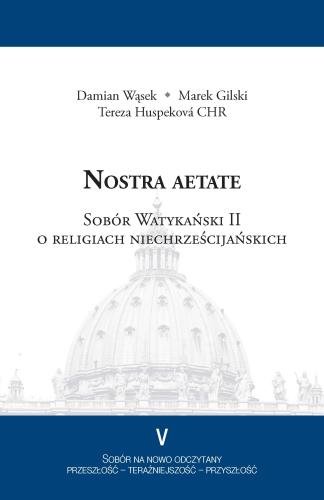Nostra aetate. Sobór Watykański II o religiach niechrześcijańskich
Słowa kluczowe:
religie niechrześcijańskie, Sobór Watykański II, dialog międzyreligijny, teologia religiiStreszczenie
Publikacja Nostra aetate. Sobór Watykański II o religiach niechrześcijańskich stanowi kompleksowe opracowanie soborowej Deklaracji. Celem książki jest ukazanie istoty chrześcijańskiego spojrzenia na wyznawców innych religii oraz genezy i znaczenia tego przełomowego dokumentu. Autorzy przedstawiają szeroki kontekst historyczno-teologiczny poprzedzający Sobór Watykański II, aby uwypuklić nowatorski charakter deklaracji na tle wcześniejszego nauczania Kościoła. Szczegółowo zrekonstruowano proces powstawania Nostra aetate – od głosów (vota) biskupów przed Soborem, przez prace komisji i debaty soborowe, po ostateczną redakcję tekstu – w oparciu o bogate materiały źródłowe. Książka analizuje treść i strukturę tej pięciopunktowej deklaracji, w tym przeprowadza unikatową analizę językową kluczowych pojęć dokumentu. Omówiono także znaczenie teologiczne Nostra aetate: dokument ten przełamał dotychczasowe podejście ekskluzywistyczne i zapoczątkował inkluzywne nastawienie Kościoła do religii niechrześcijańskich. Ponadto ukazano wpływ deklaracji na rozwój dialogu międzyreligijnego oraz na jej recepcję w posoborowym nauczaniu Kościoła. W rezultacie Nostra aetate jawi się jako punkt zwrotny w relacjach Kościoła z innymi religiami – jej przesłanie szacunku i braterstwa pozostaje aktualne, stanowiąc fundament dalszych działań na rzecz autentycznego dialogu i pokoju między wyznawcami rożnych tradycji.



